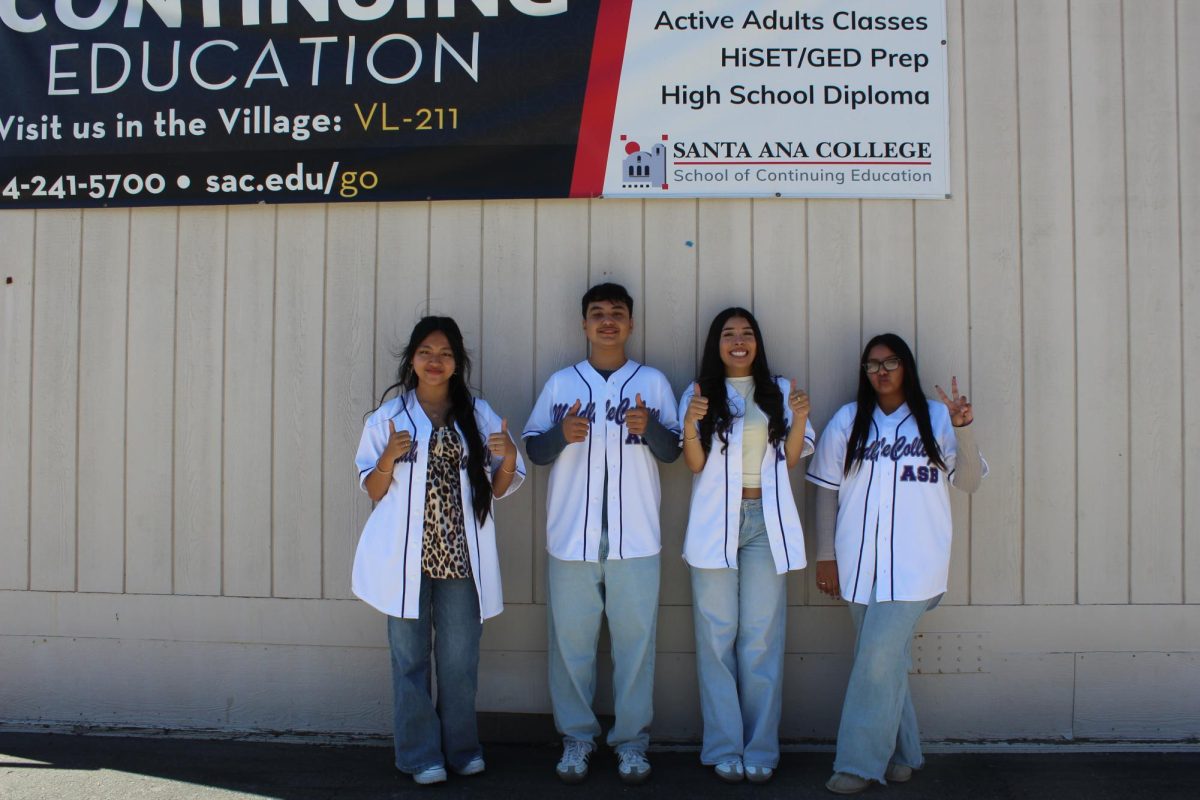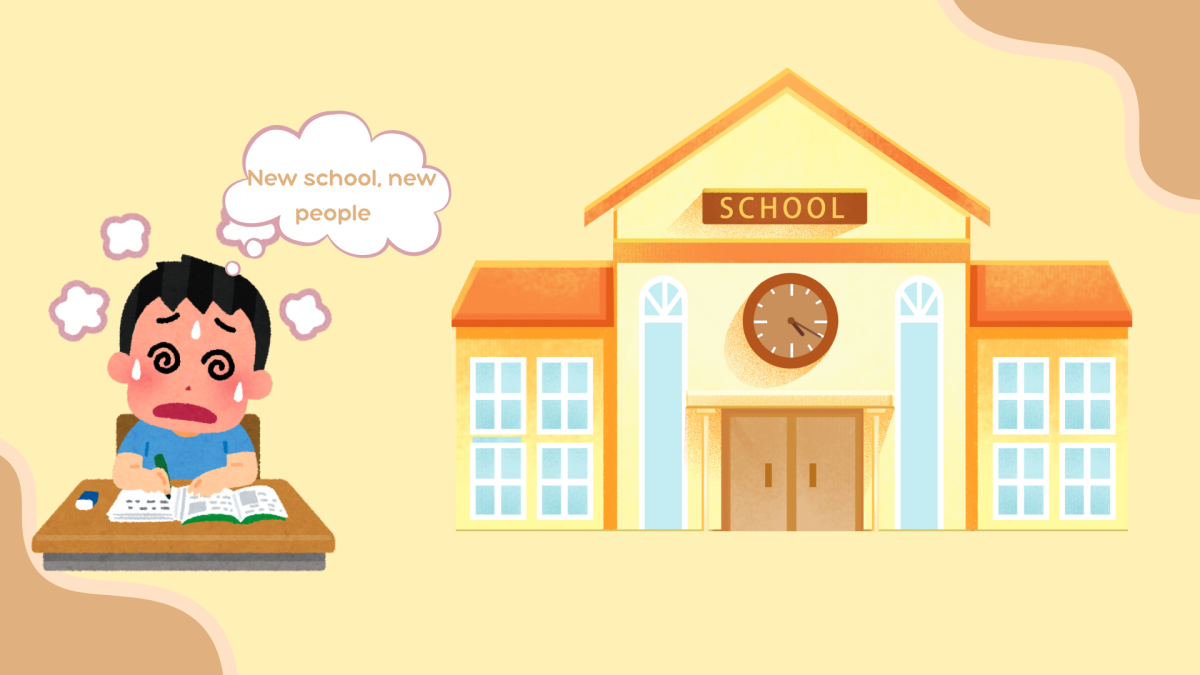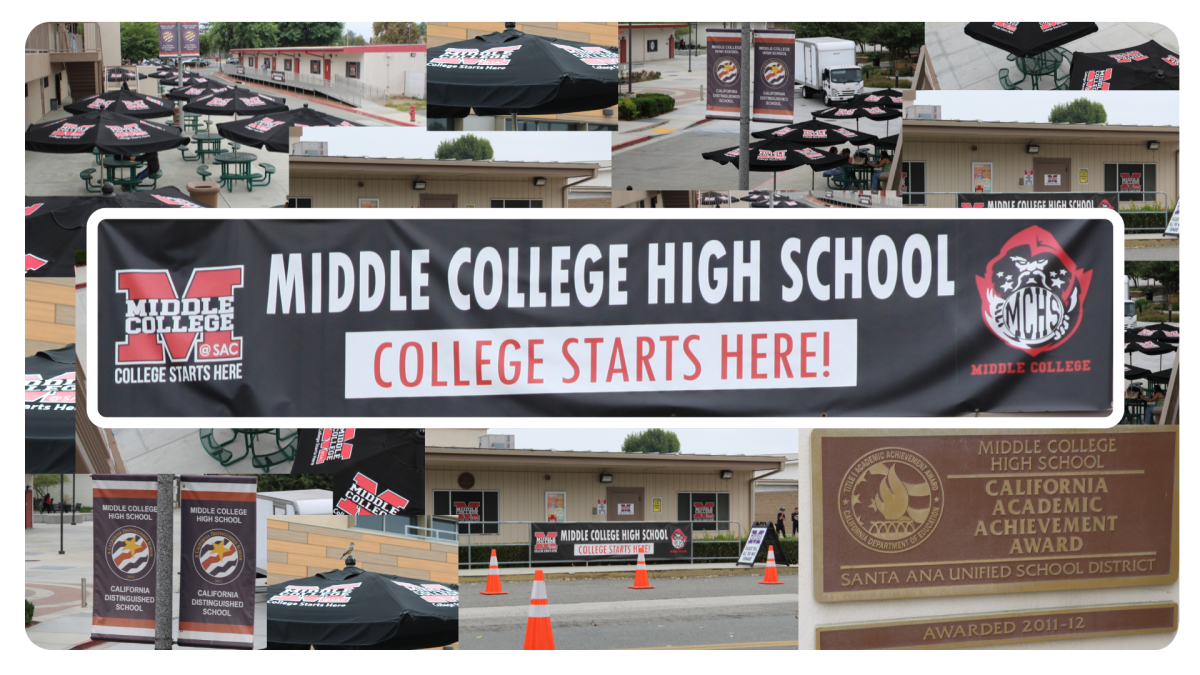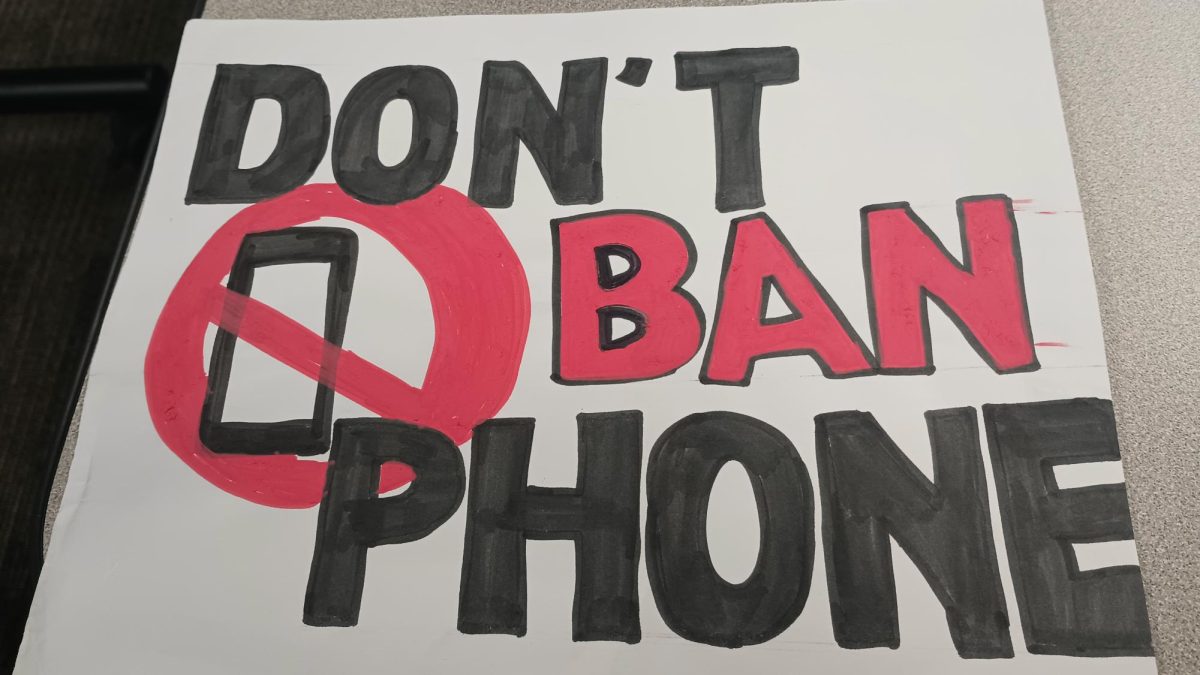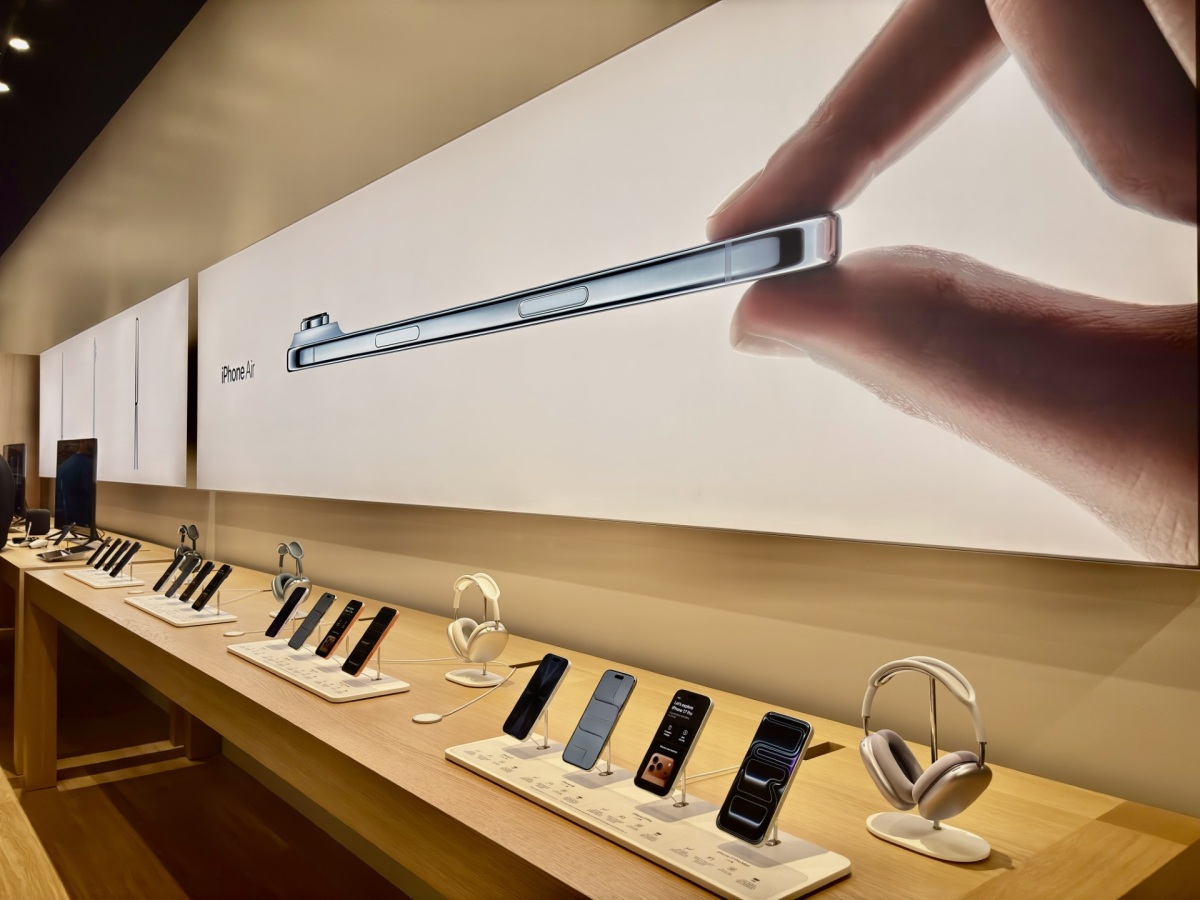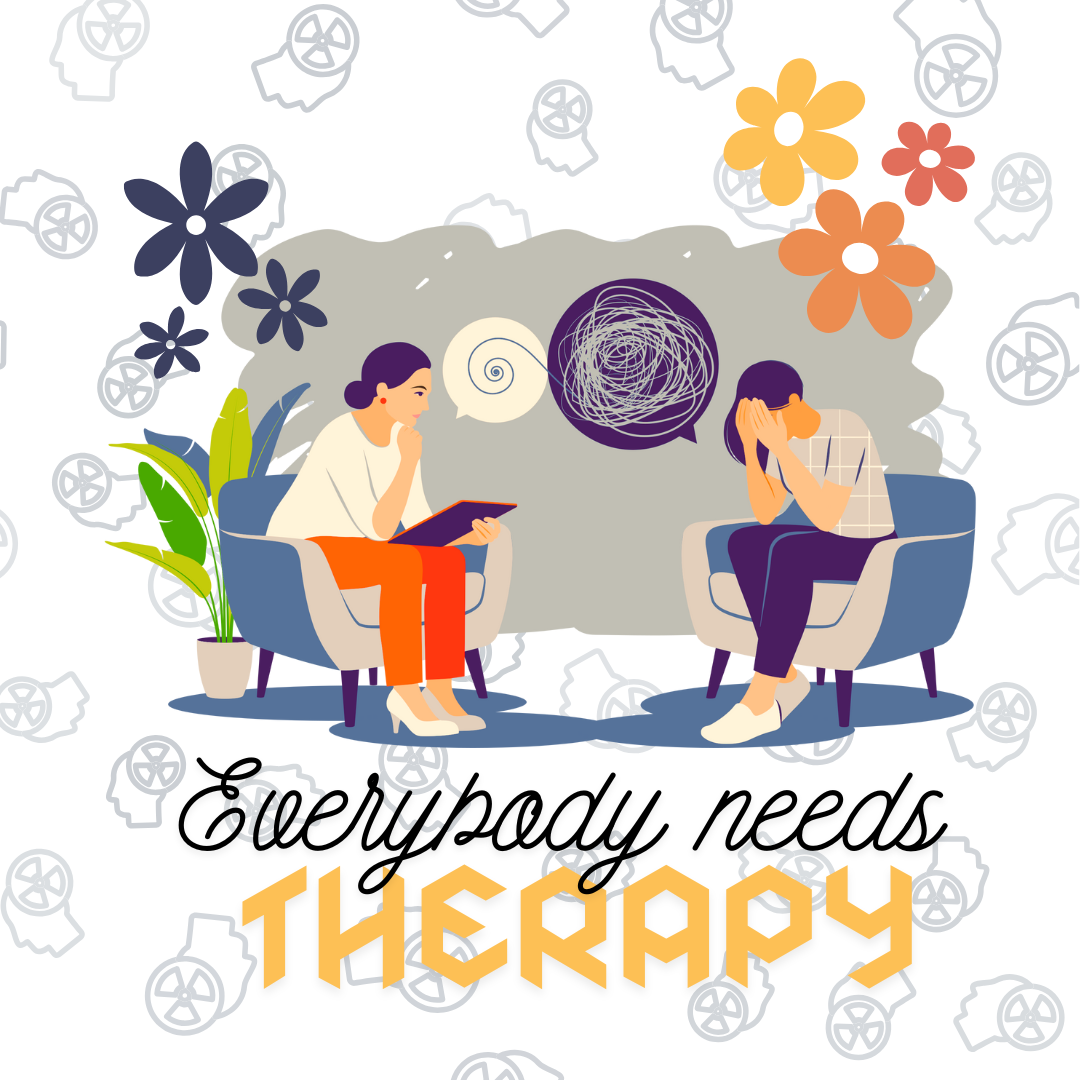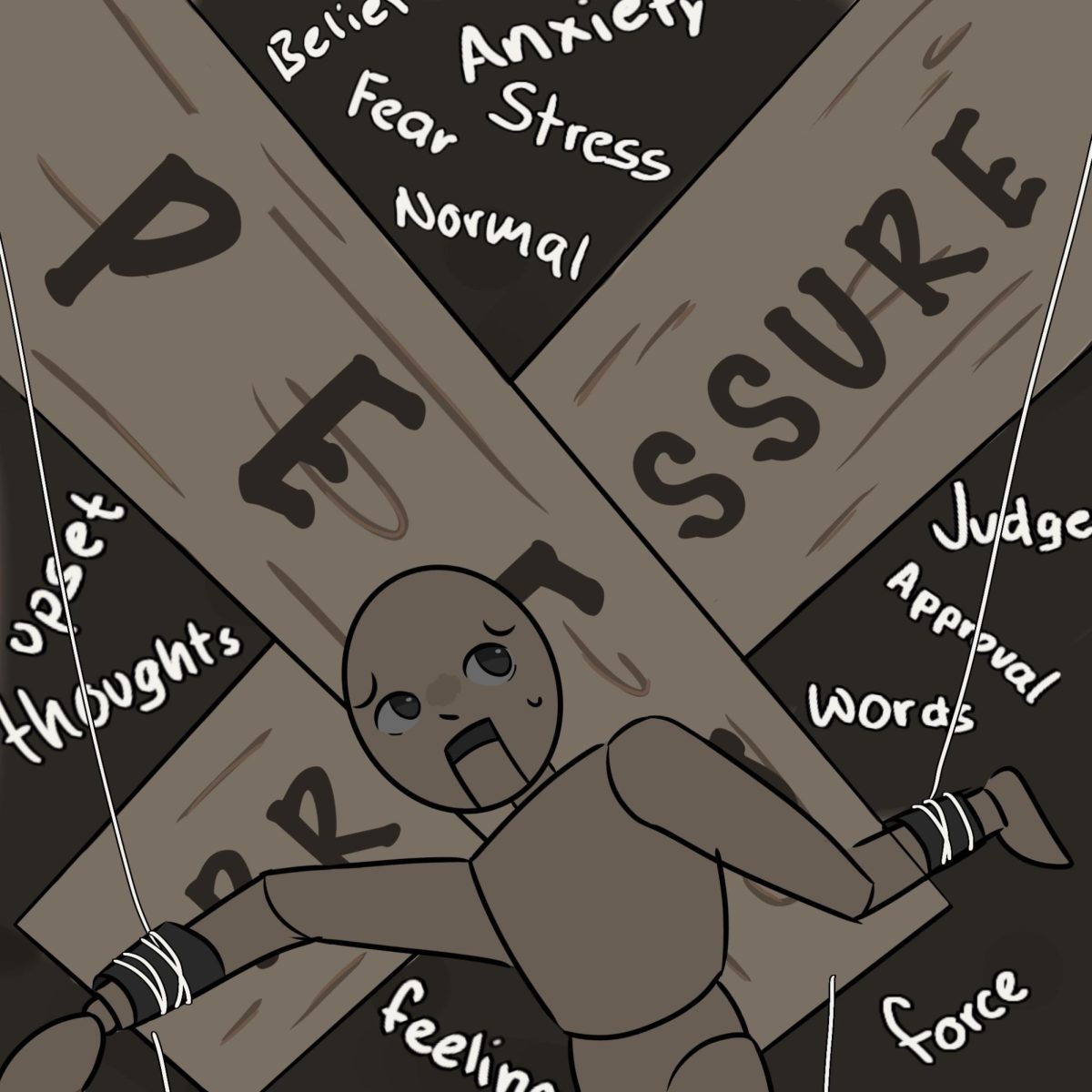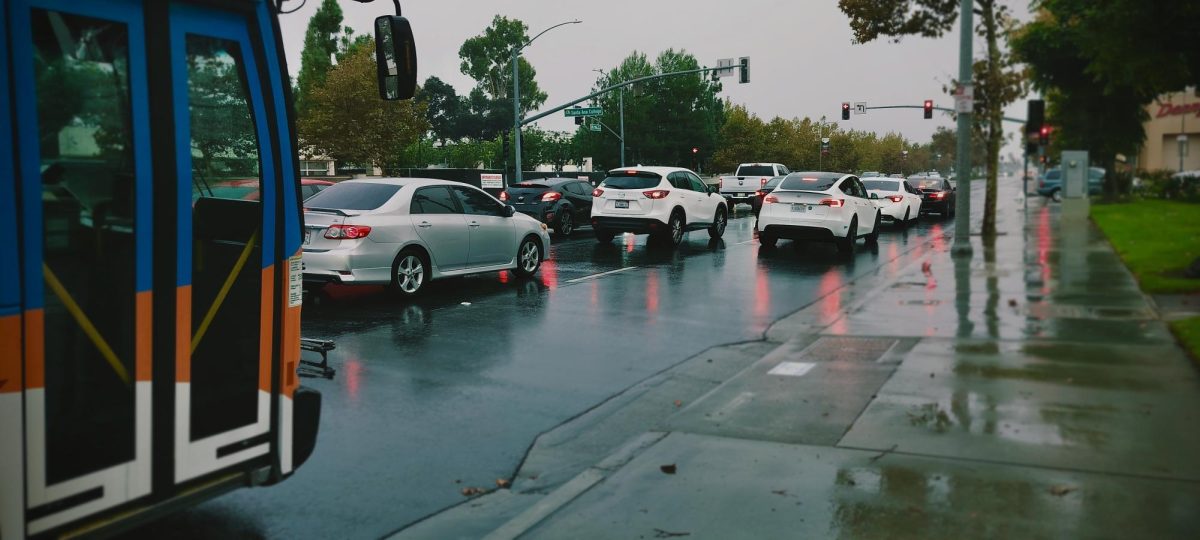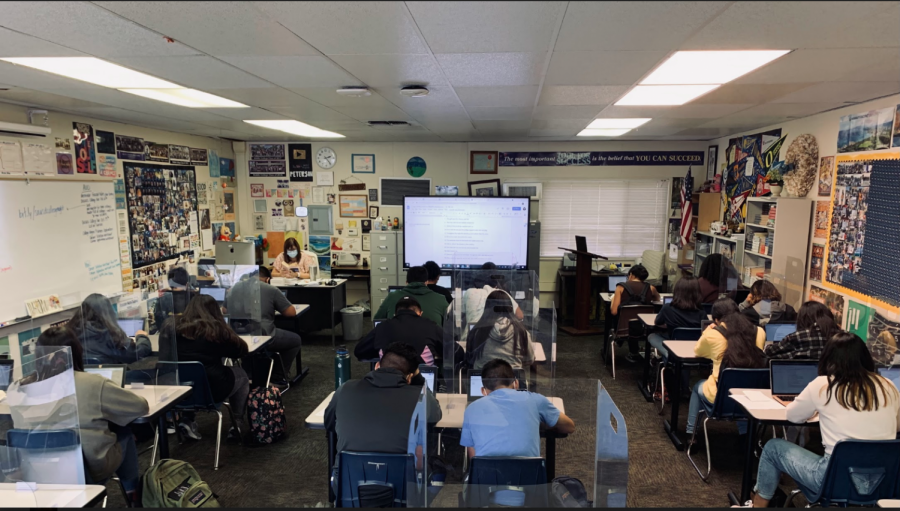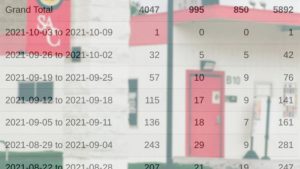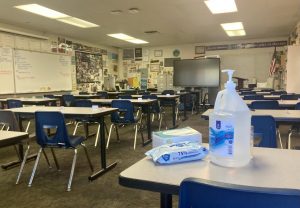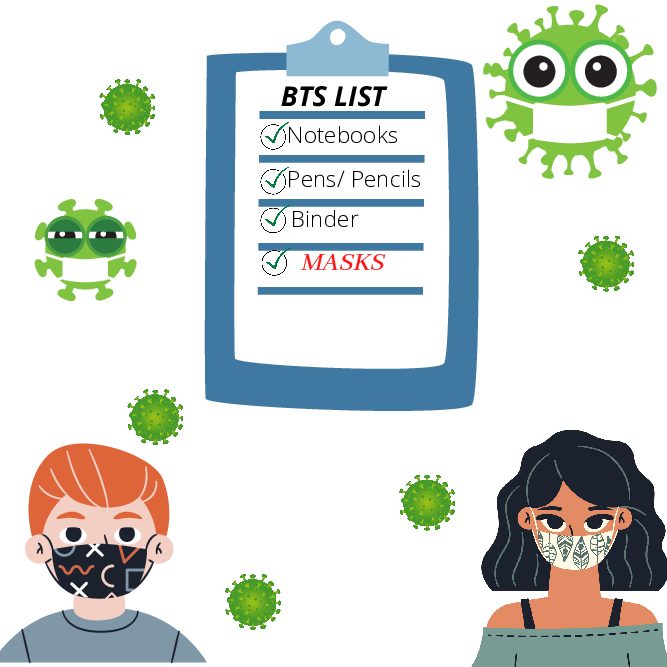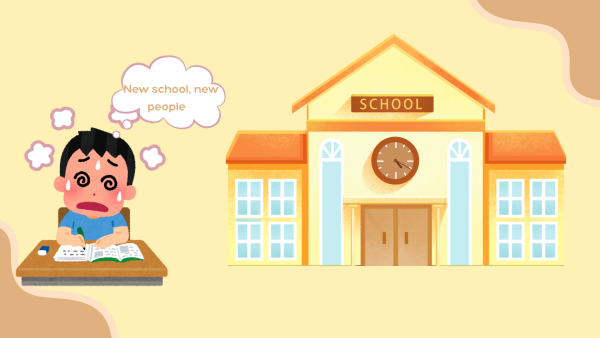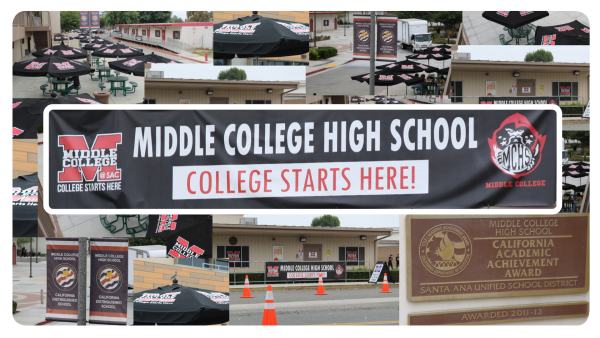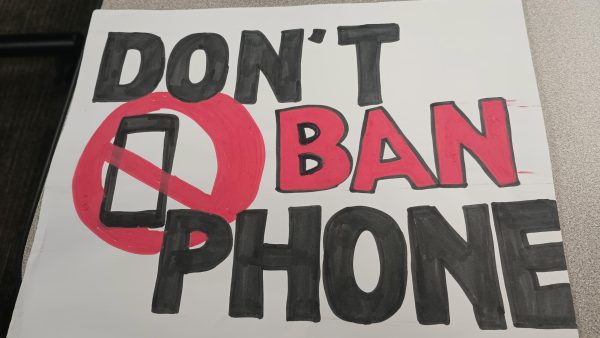Shielding the virus or the air: How do desk shields help in the classroom?
A 2021 classroom is outfitted with plexiglass shields on every other desk.
The COVID-19 pandemic is still in full swing yet many students across America are being sent back to class. Many precautions have been taken in order to protect students and staff using methods such as masking and negative air machines. However, among these additions are the plexiglass desk shields and with them comes an important question. How useful are they?
In March 2020 COVID-19 became enough of a threat that we went into a lockdown that only opened just recently. While students were in zoom calls, the Santa Ana Unified School District wanted to prevent any cases from passing through their schools. To take preventative measures, the district purchased the plexiglass barriers among other things. These plastic borders are meant to catch particles flying through the air and stop any spread of COVID-19.
It is important to question whether or not these barriers are actually effective at preventing COVID-19 and how it affects the classroom setting they’re placed in.
When asked how the plexiglass barriers affected their time in the classroom, MCHS teacher Amy Holte found them to be a nuisance, but one that could be worked around.
Holte said, “They’re inconvenient. I know it’s difficult for students to see through them. For me, I’ve worked around that and everything I have up on the board is identical in their Canvas course, so if I’m clicking through the screen, they can see it on their own screens.”
Taking facts into account, we have to understand what it means to be safe when it comes to classes being in session. There are usually more than 30 people in the classroom, which is a lot of bacteria going through the air at any given time. When there’s a large amount of people in a contained space the CDC brings caution to the lack of ventilation.
The CDC wrote, “Indoor spaces are more risky than outdoor spaces where it might be harder to keep people apart and there’s less ventilation.”
The United States Environmental Protection Agency, or the US EPA, would expand on this topic as well bringing a possible solution.
The U.S. EPA stated, “Ensuring proper ventilation with outside air can help reduce the concentration of airborne contaminants, including viruses, indoors. Proper ventilation also reduces surface contamination by removing some virus particles before they can fall out of the air and land on surfaces. However, by itself, increasing ventilation is not enough to protect people from COVID-19. When used along with other best practices recommended by CDC and others, increasing ventilation can be part of a plan to protect people indoors.”
The best ways to reduce COVID-19 are with ventilation methods with outdoor air. As the US EPA stated, this still needs to be used along with other methods to ensure protection. A desk shield’s main purpose is rooted in catching the transmitting molecules to prevent their spread to others.
According to nytimes.com scientist Lindsey Marr from Virginia Tech said, “If you have a forest of barriers in a classroom, it’s going to interfere with proper ventilation of that room. Everybody’s aerosols are going to be trapped and stuck there and building up, and they will end up spreading beyond your own desk.”
It is very clear that desk shields don’t seem to be the most reliable choice for defense against the rampant virus. To be certain of this, Johns Hopkins led a study on the effectiveness of different mitigations in place in schools with options ranging from teacher masking, outside instruction, and even desk shields. The results of this study published on science.org (see Figure 3B) lead us to believe that desk shields actually led to an increase in COVID cases rather than a reduction. Yikes.
After senior Ali Naqvi had learned of the results of this research, his opinion changed on the desk shields.
Naqvi said, “The whole reason I was supporting the desk shields was because they looked or resembled the face shields that a lot of healthcare workers have been wearing and I thought that ‘Hey if they are wearing it, and it’s okay with them then it should be benefiting us in the classroom.’ But if the desk shields do increase the chances, I don’t think it’s something that the schools should be enforcing, especially because it’s just not benefiting.”

I love drawing in my sketchbook, deep-diving into random topics, and I’ve 100%’d two lego games in the past (Lego Indiana Jones ½ and The Lego...

